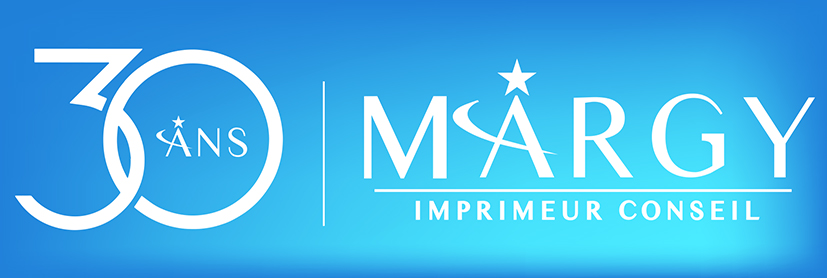Growth in the packaging industry
According to a recent study, the global market for cardboard packaging will be worth more than 100 billion dollars by 2020, compared with 87 billion currently.
It also shows that 7.5 million tonnes of paper and cardboard are collected in France every year. This represents an increase from 40% to 72% over the last two decades. Collection of paper and cardboard waste from households is increasing by around 10% each year. In the tertiary sector, paper and cardboard account for 85% of waste generated.
Paper and cardboard are the most recycled materials, with a rate higher than that set by European directives. There are many outlets for this material, including the food industry, luxury goods, pharmaceuticals and cosmetics.
Ecological luxury
The global luxury goods market is currently worth €1,000 billion, and grew by 5% in 2014. Luxury helps to promote France’s image, which is why it carries a special significance. Packaging plays a key role in the luxury sector, as it will always have an impact on the consumer’s senses and emotions. To meet the demands of consumers, who are increasingly concerned about the future of the environment, the luxury industry is gradually turning to the concept of “sustainable luxury”. Many major brands (jewellery, perfumes, ready-to-wear, leather goods, shoes) are now opting for the ‘sustainable development’ option.
Printing, decorating, die-cutting… Printing technologies are also adapting to paper and cardboard. As a result, more and more personalised packaging is appearing. Printed bags, gift boxes, gift cases, advertising packaging, gift bags, jewellery pouches… Today, anything is possible!
Cardboard, the future of food packaging
Lightweight, malleable, recyclable, compostable… Cardboard has a host of qualities that make it the ideal packaging for the food industry. Cardboard is often coated with a thin layer of paraffin wax, making it resistant to grease. It can also be combined with polyethylene or aluminium to create watertight, airtight packaging.
Cardboard is used to manufacture a wide range of food packaging, including milk cartons, fruit juice cartons, rice or sugar cartons, food trays, pizza packaging and disposable tableware. With an annual growth rate of 6%, cardboard is now enjoying a real renaissance in the food industry.
The papers of the future
In the past, paper was used more as a commodity, read and then thrown away. Today, paper is both a material and a resource. Laboratories are working on its transparency, water resistance, conductivity, etc. This means we can imagine new uses for our paper in the future.
Global demand for paper packaging is expected to reach almost 273 million tonnes by 2022, compared with 195 million tonnes in 2014, an annual growth rate of around 4%. Whether recycled or converted, paper and cardboard still have a very bright future ahead of them…
Welcome to the intelligent world of packaging.
Other articles :
 01 44 52 02 02
01 44 52 02 02
